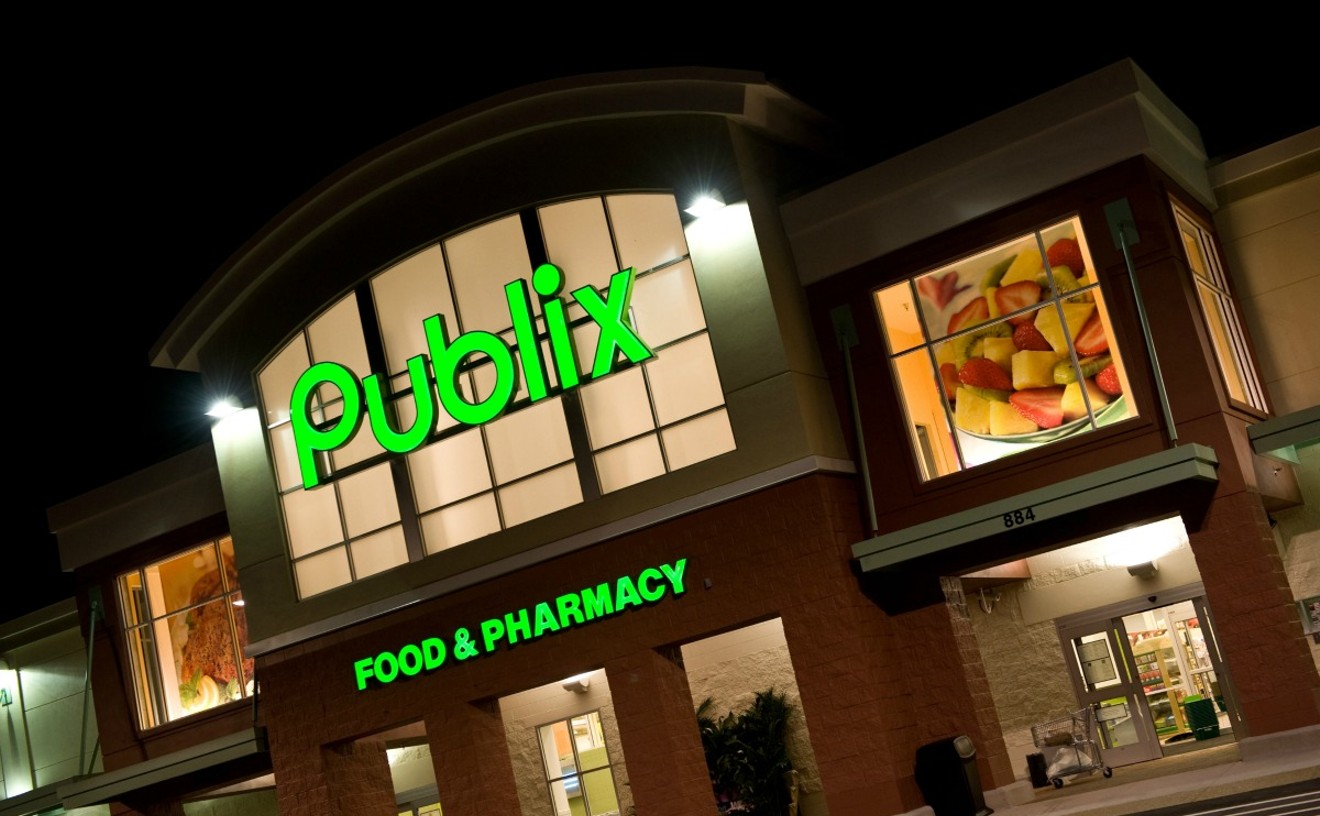As a Maker's Mark ambassador (an important-sounding name for someone on the company's mailing list), I get some pretty cool perks -- calling cards, an annual holiday trinket, and my name on a barrel that's aging somewhere in Loretto, Kentucky. I also get email blasts updating me on Maker's Mark news. The last one I received was about a bourbon festival. But recently, I received a rather different piece of news.
Rob Samuels, chief operating officer and ambassador-in-chief; and Bill Samuels Jr., the son of one of the founders of Maker's Mark, issued a joint statement telling customers that "demand for our bourbon is exceeding our ability to make it, which means we're running very low on supply."
This isn't news. Increased awareness of bourbon has made it very
popular. In fact, many makers of boutique bourbons, such as Pappy Van Winkle, take
advantage of its scarcity and charge more for their products --
sometimes ten times more than other bourbons. Knob Creek experienced a shortage of its bourbon in 2009 and sent to its customers 16,000 T-shirts emblazoned with "I survived the drought of 2009."
Instead
of living through the shortage or upping prices to meet demand, the
house of Samuels decided on another approach. They would reduce the
alcohol by volume (ABV) by 3 percent, taking the bourbon down to 42 percent alcohol
(or 84 proof).
I've visited several distilleries, and the first
thing a master distiller will tell you is not to judge a bourbon solely by its
alcohol content. In fact, the smoothest-tasting bourbon I have tried is a
Willett Family Estate single-barrel bourbon that's 122 proof -- way easier to drink than a 90 proof Woodford Reserve. The taste
profile comes from many factors, including the corn/grain mixture, the
barrels, the aging, even the environment. And all bourbons are finished
with some water. So what's the big deal?
Well, many people are
wondering if this is the work of greedy corporate America honing in on a
family company. Take a trip to Loretto, Kentucky, where the Maker's
Mark distillery is located, and you'll see a beautiful small business
filled with hometown pride. On a working day, you'll watch yeast
fermenting in giant wooden vats, see barrel after barrel of bourbon
aging, and witness a group of women hand-dip each bottle in the
signature red wax.
But behind this piece of Americana lies the
fact that Maker's Mark is owned by beverage giant Beam Inc. Could this
actually be a way to cut costs?
At a visit to one of the last truly independently owned and operated bourbon distilleries in Kentucky, the master distiller muttered something disturbing to me about the Samuels family. Something about Beam Inc. keeping them on as "glorified brand ambassadors."
The Samuels family says no. The father-and-son team seems to be extremely hands-on in the making of their bourbon. In the same letter, they address concerns about the quality of their product. "Nothing about how we handcraft
Maker's Mark has changed, from the use of
locally sourced soft red winter wheat as the flavor grain, to aging the
whisky to taste in air-dried American white oak barrels, to rotating
our barrels during maturation, to hand-dipping every bottle in our
signature red wax."
They even go one further to spell out what everyone's thinking:
"In other words, we've made sure we didn't screw up your whisky."
That's
not enough for many people, who have taken to Facebook and Twitter to
lash out at the news.
I was at the Maker's Mark distillery in Kentucky this past December. At the end of the
tour, everyone was taken into a brand-new state-of-the-art tasting room (which was under construction at the time). There, we
were given samples of "white dog," Maker's Mark, and Maker's Mark 46.
I was not one of the taste-testers the Samuels' talked about in their email -- the "Maker's Mark drinkers" who "couldn't tell a difference."
For now, I'll
reserve judgment until I sample the new Maker's Mark. But I'll keep my
last unopened 90 proof bottle of MM -- just in case.
Follow Laine Doss on Twitter @LaineDoss and Facebook.
Follow Short Order on Facebook, on Twitter @Short_Order, and Instagram @ShortOrder.











